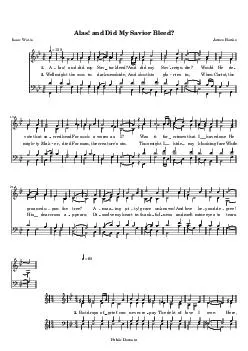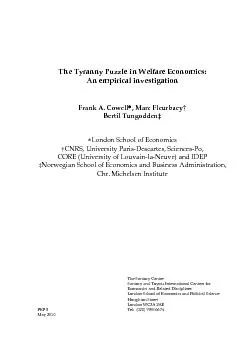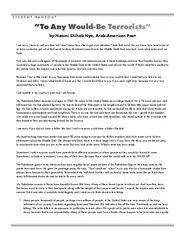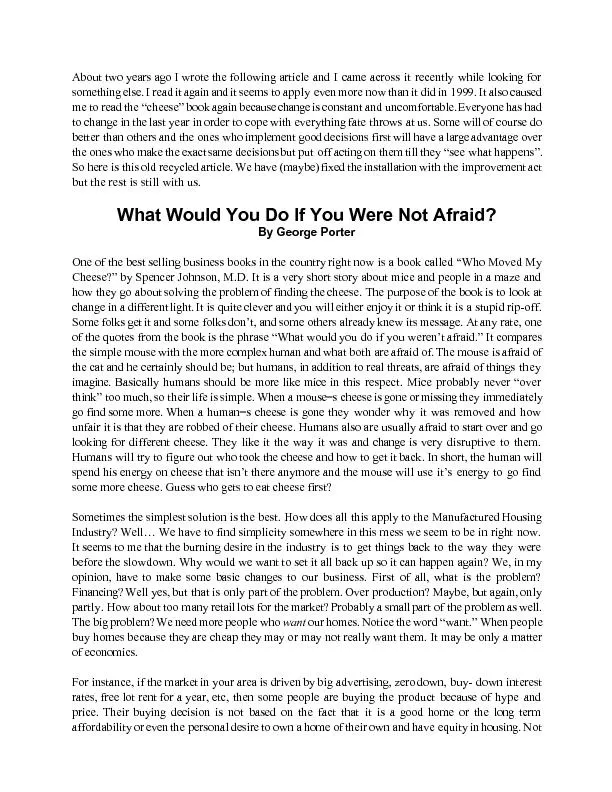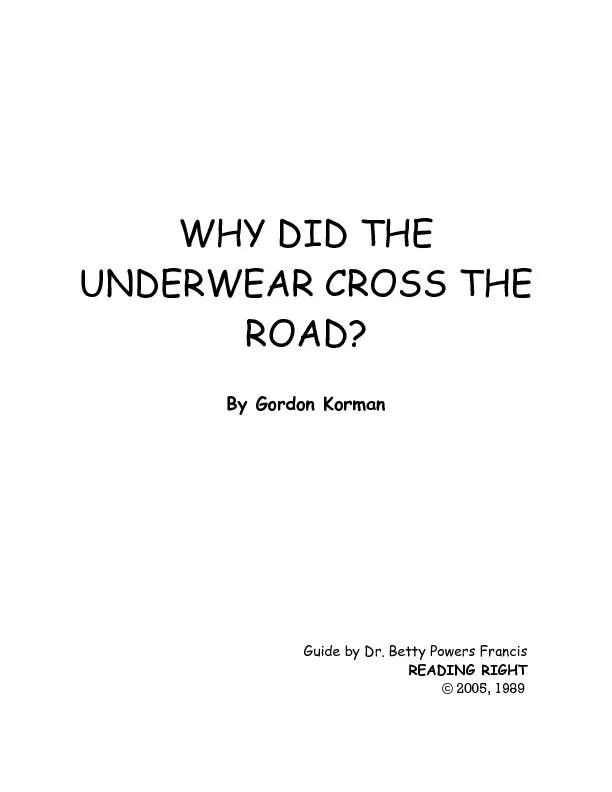PPT-What If Everyone Did I t?
Author : melanie | Published Date : 2024-02-09
Geoff Huston APNIC Labs DNS Security Setting the AD bit in a recursive resolver response seems like a rather unimpressive way of conveying a positive security outcome
Presentation Embed Code
Download Presentation
Download Presentation The PPT/PDF document "What If Everyone Did I t?" is the property of its rightful owner. Permission is granted to download and print the materials on this website for personal, non-commercial use only, and to display it on your personal computer provided you do not modify the materials and that you retain all copyright notices contained in the materials. By downloading content from our website, you accept the terms of this agreement.
What If Everyone Did I t?: Transcript
Download Rules Of Document
"What If Everyone Did I t?"The content belongs to its owner. You may download and print it for personal use, without modification, and keep all copyright notices. By downloading, you agree to these terms.
Related Documents



